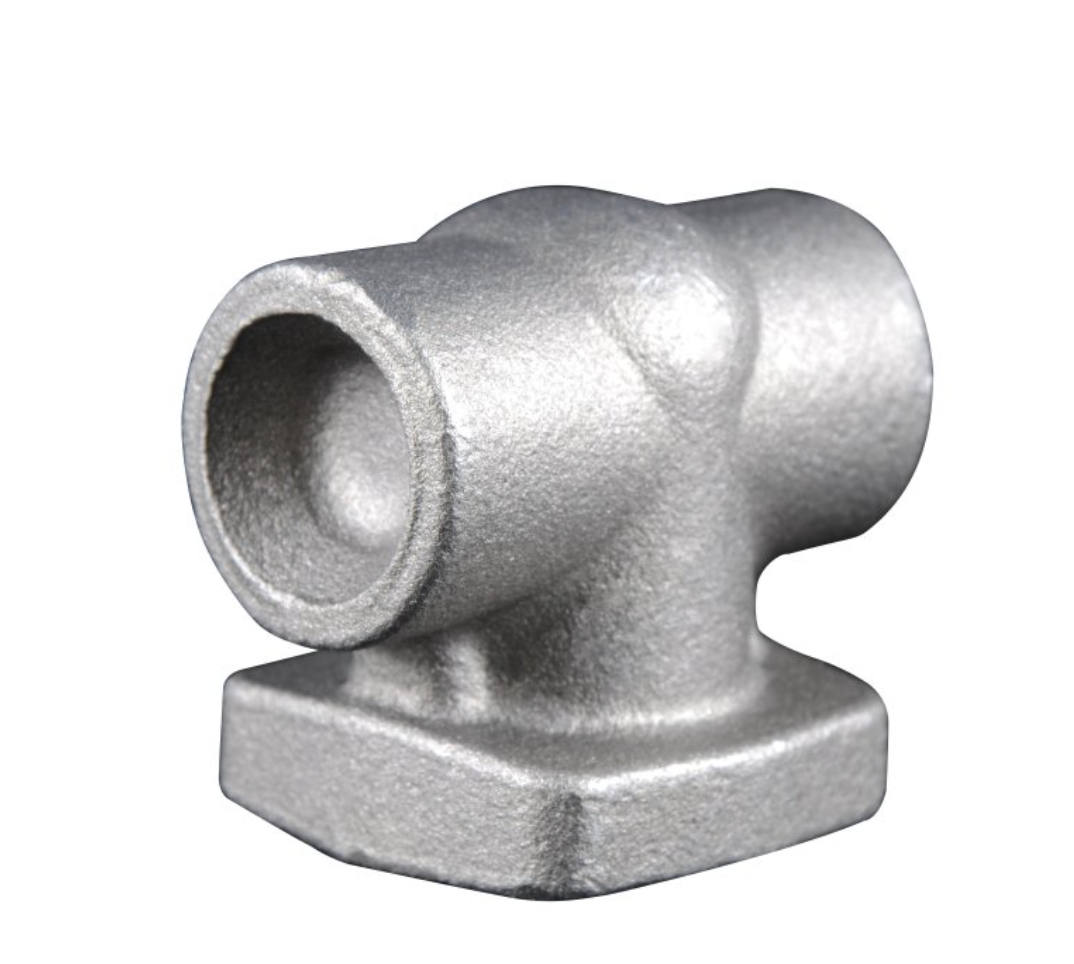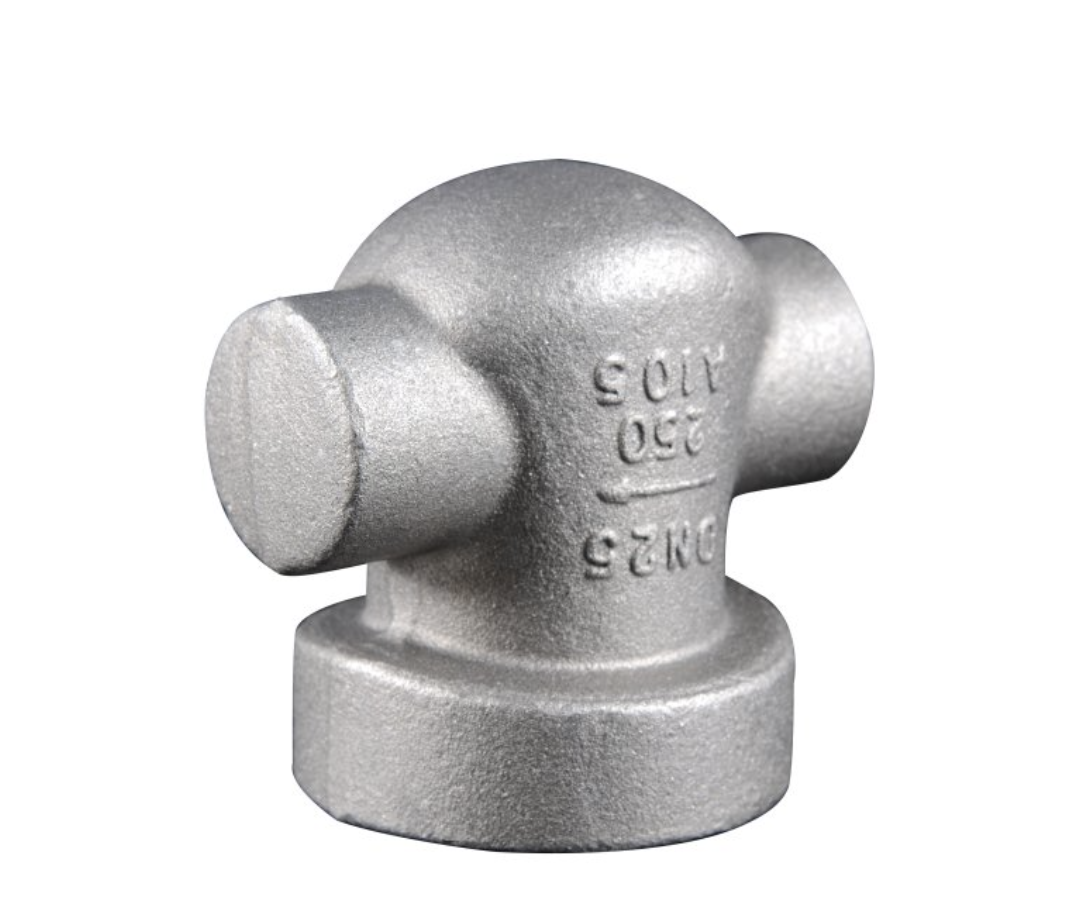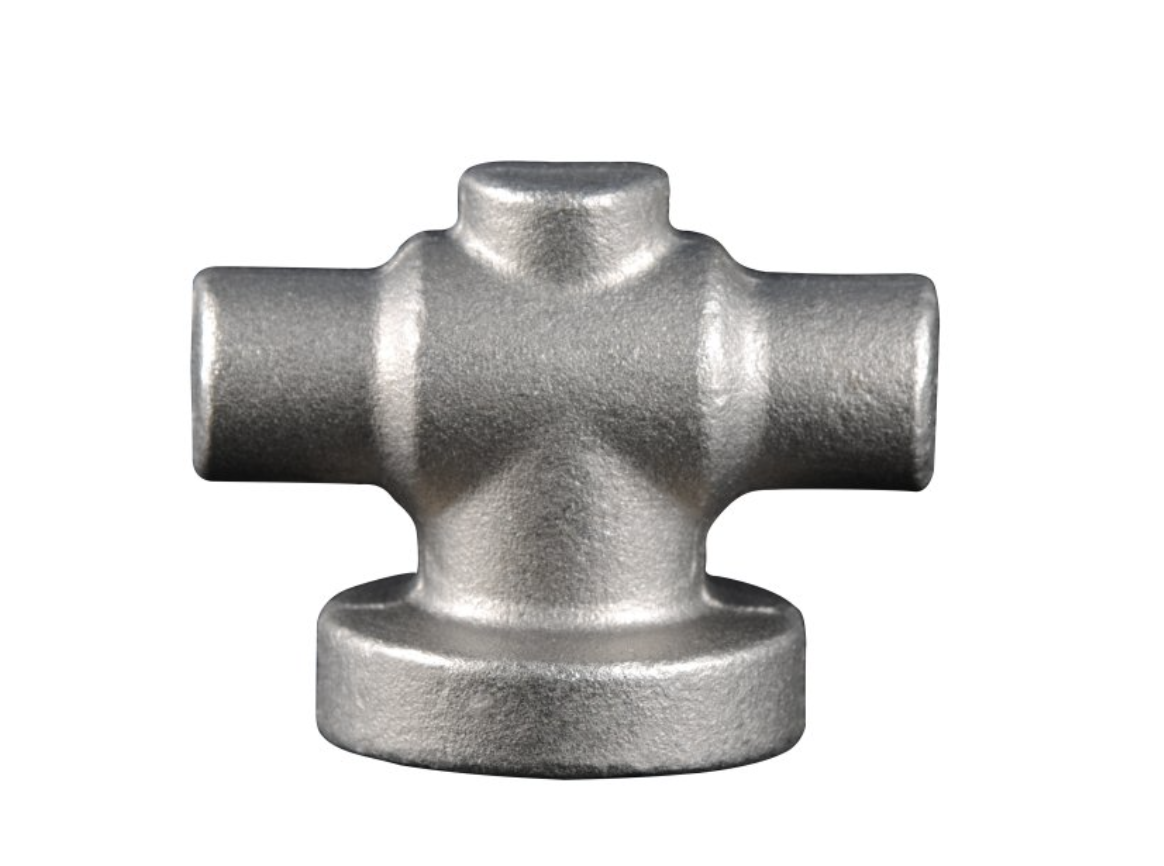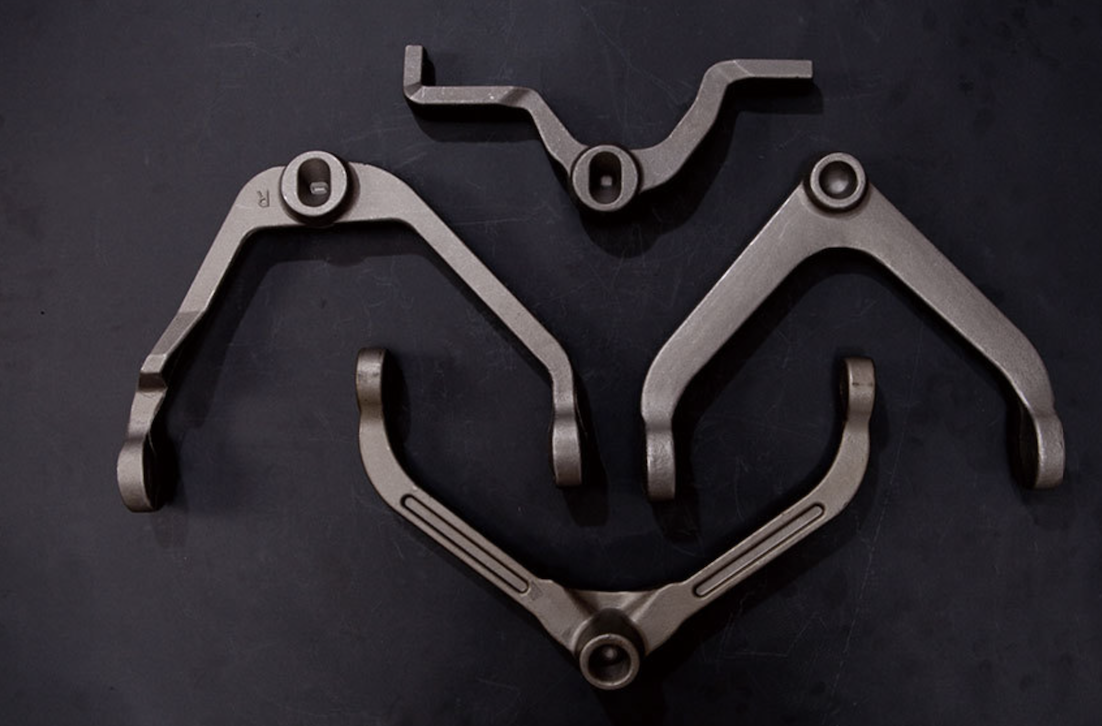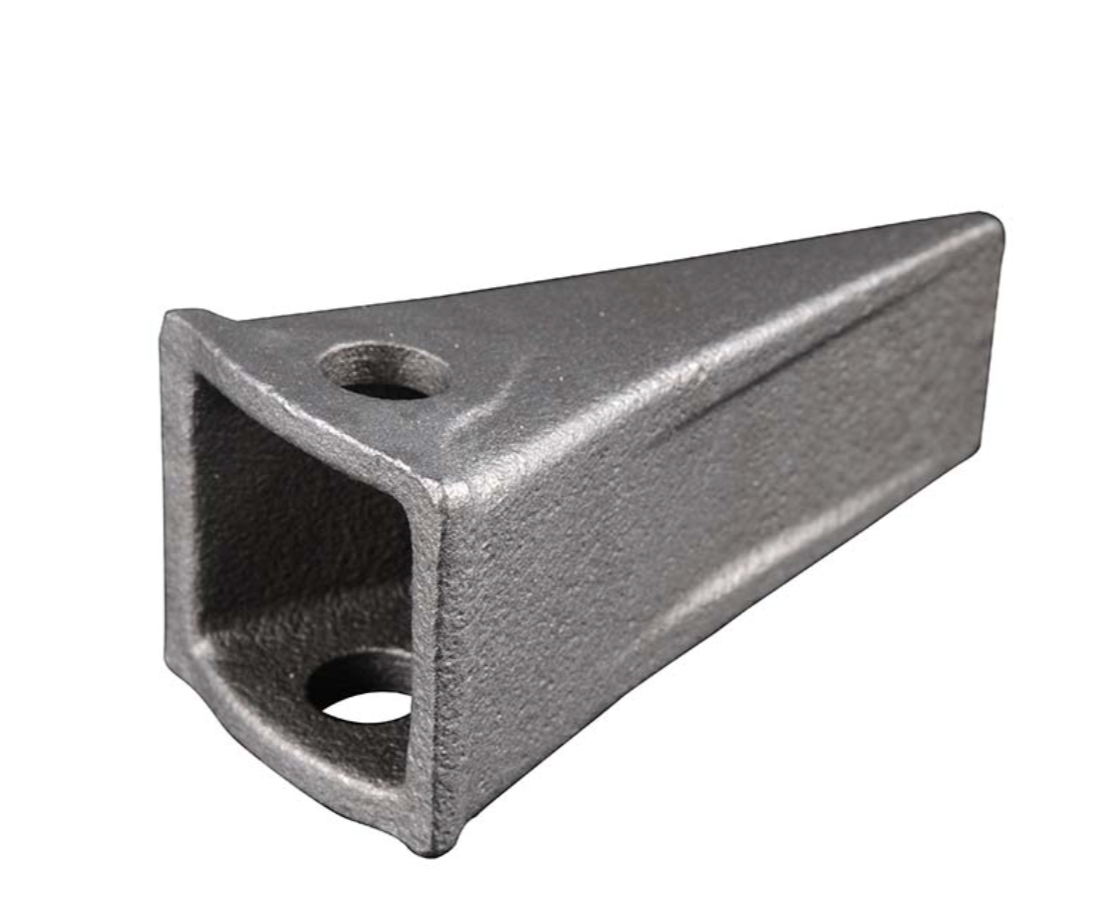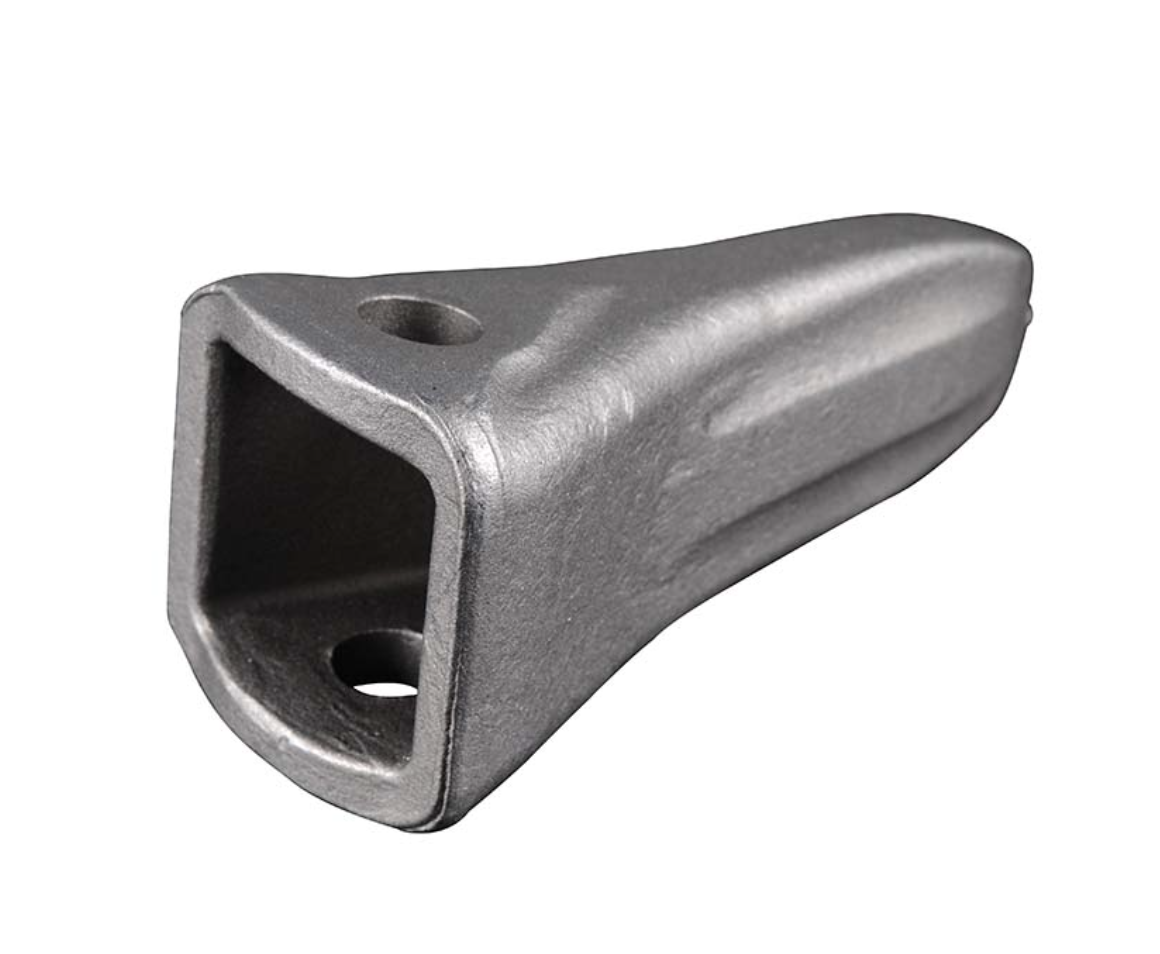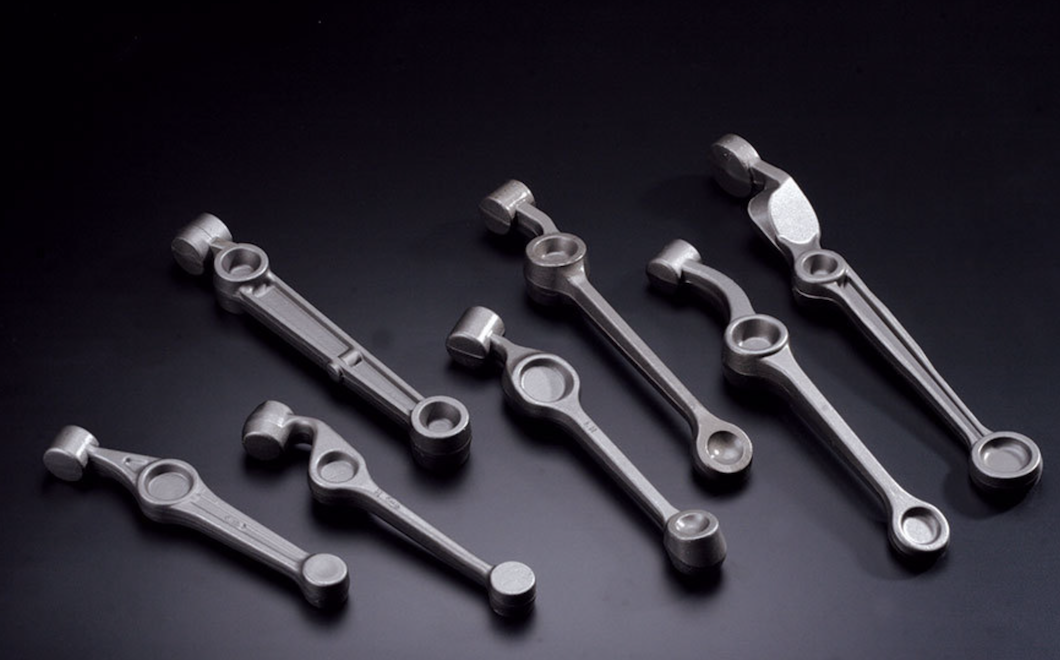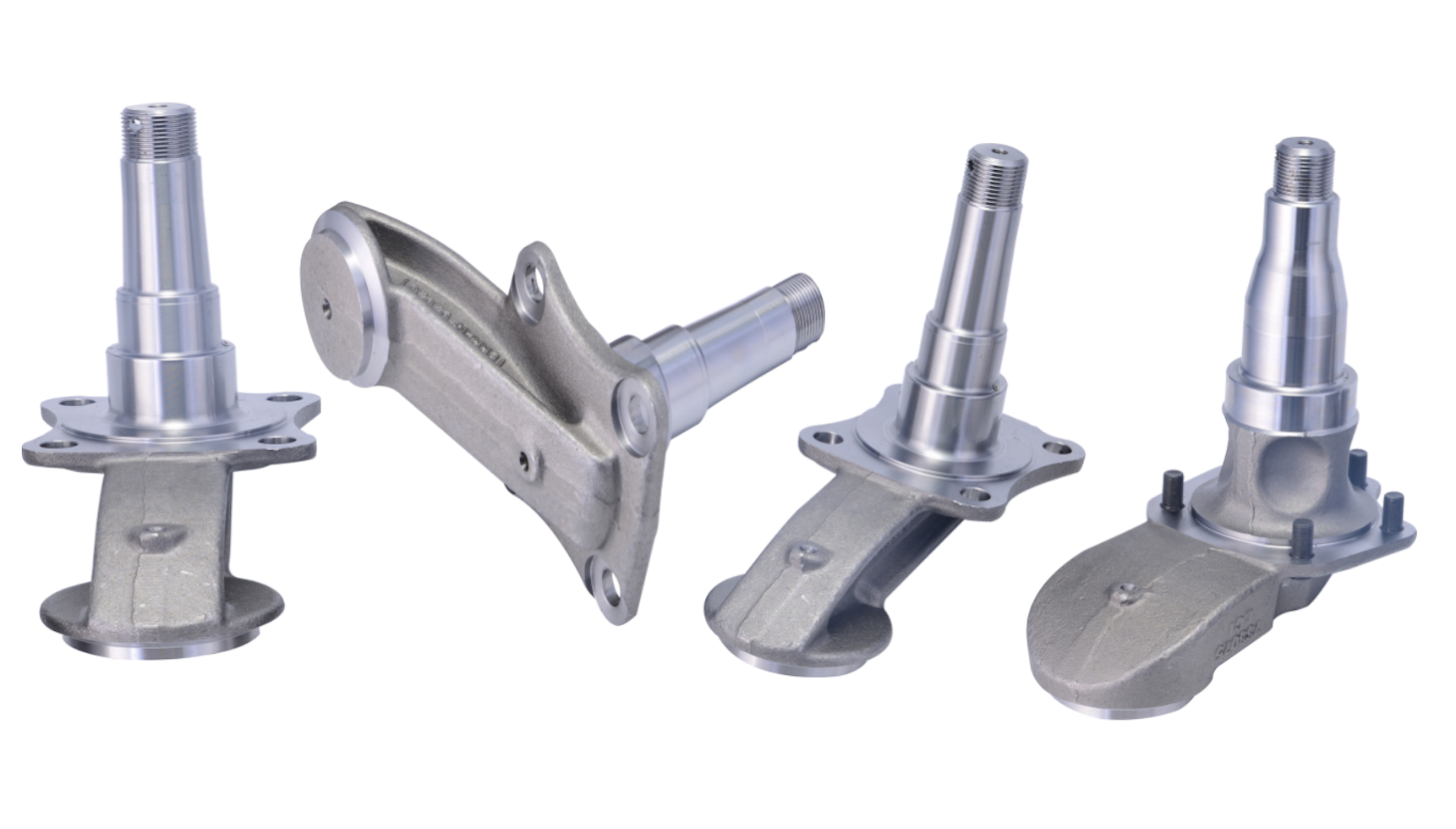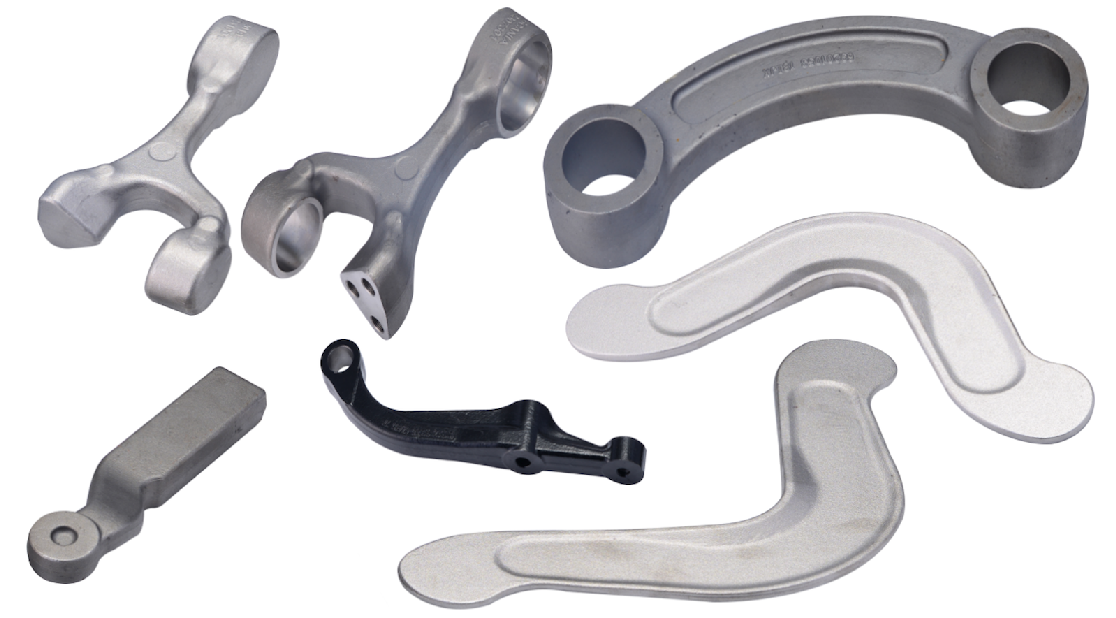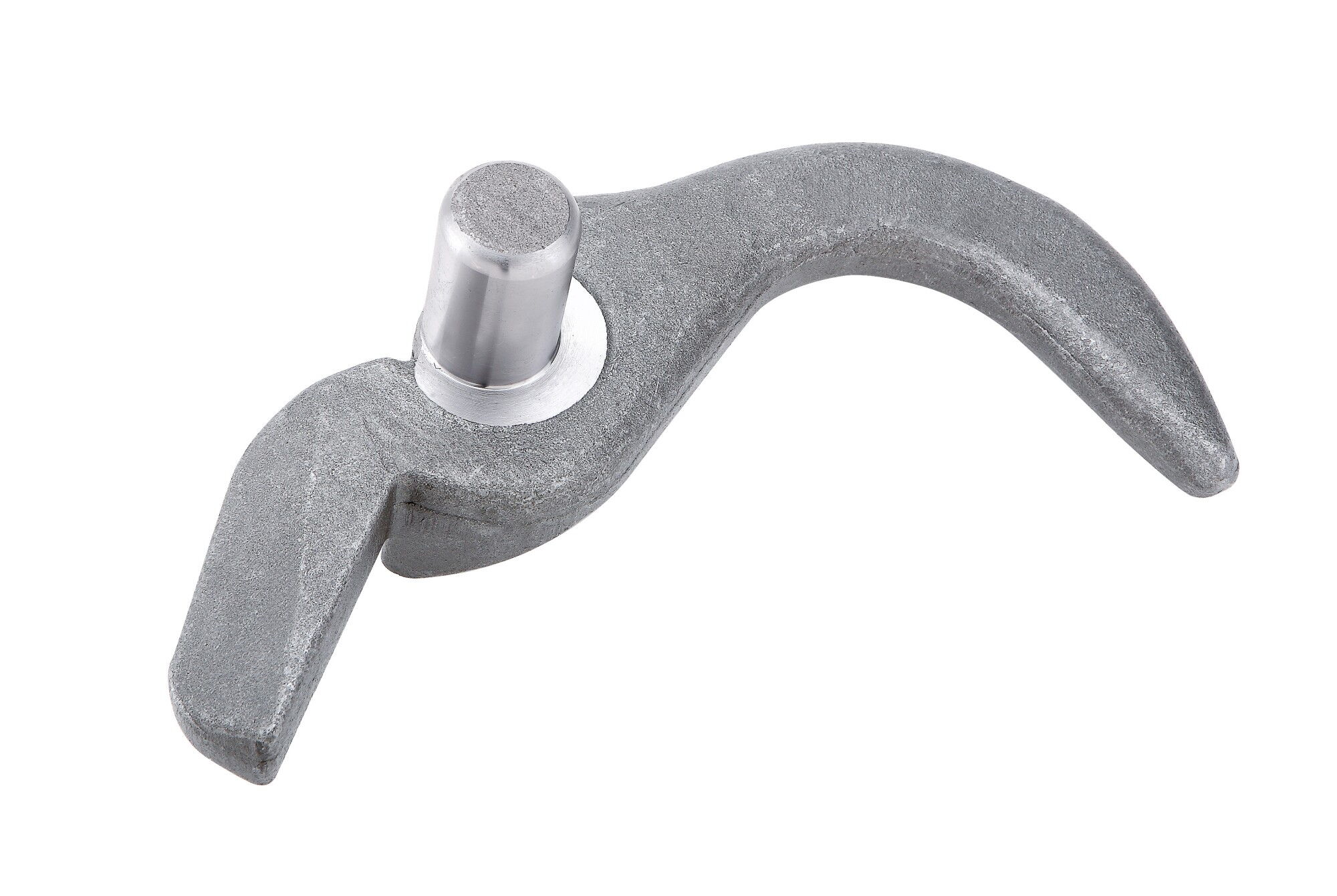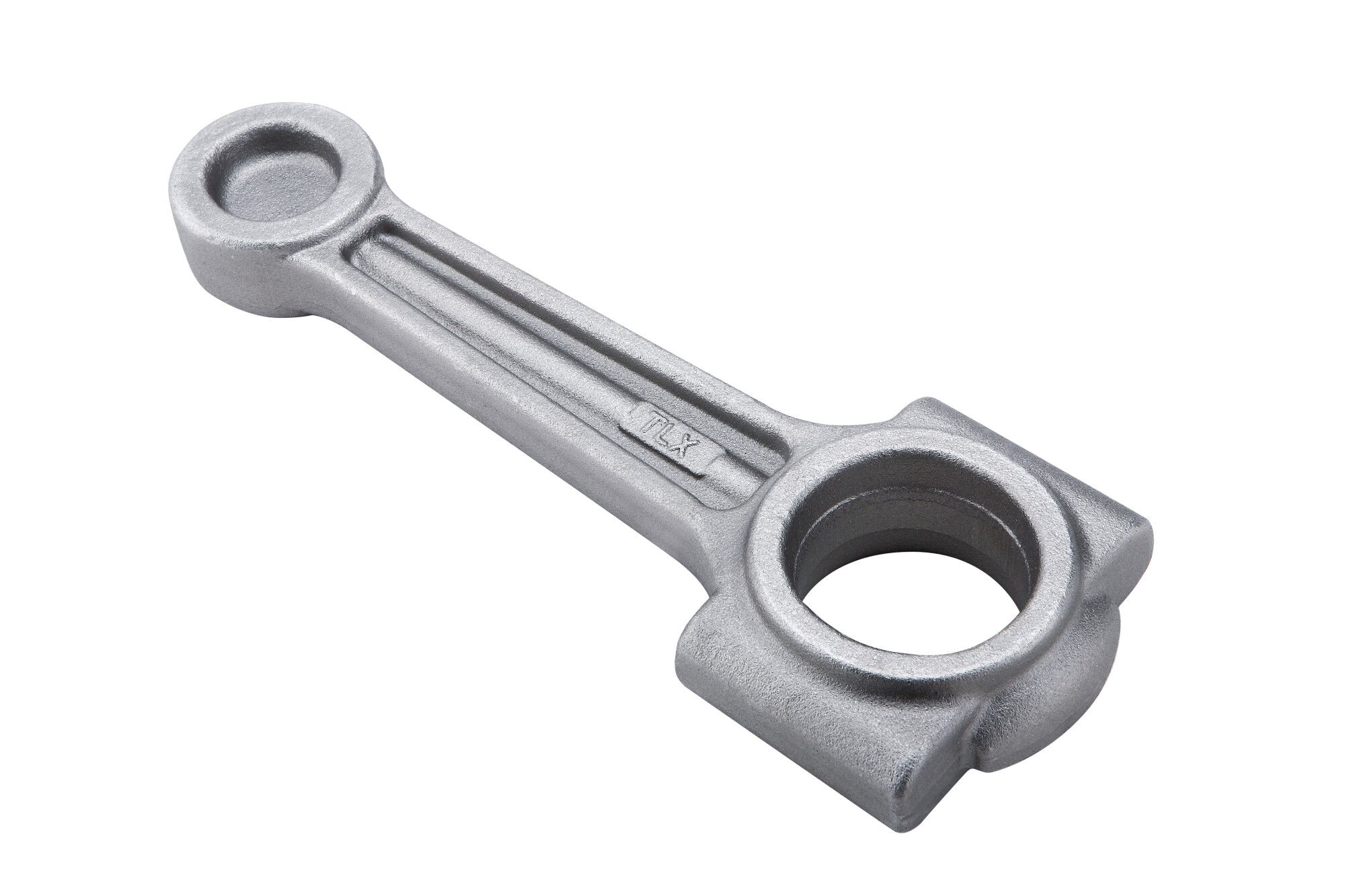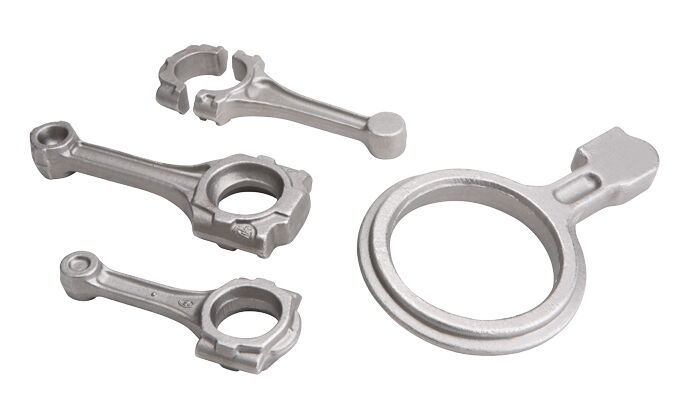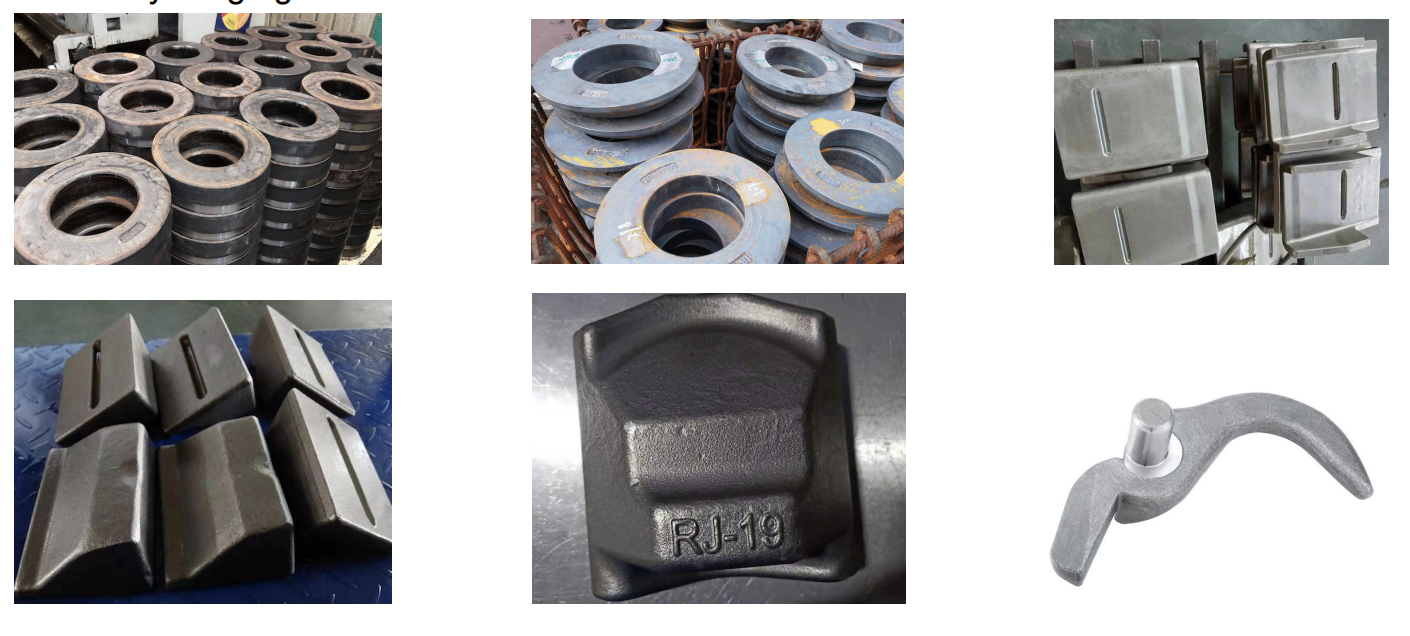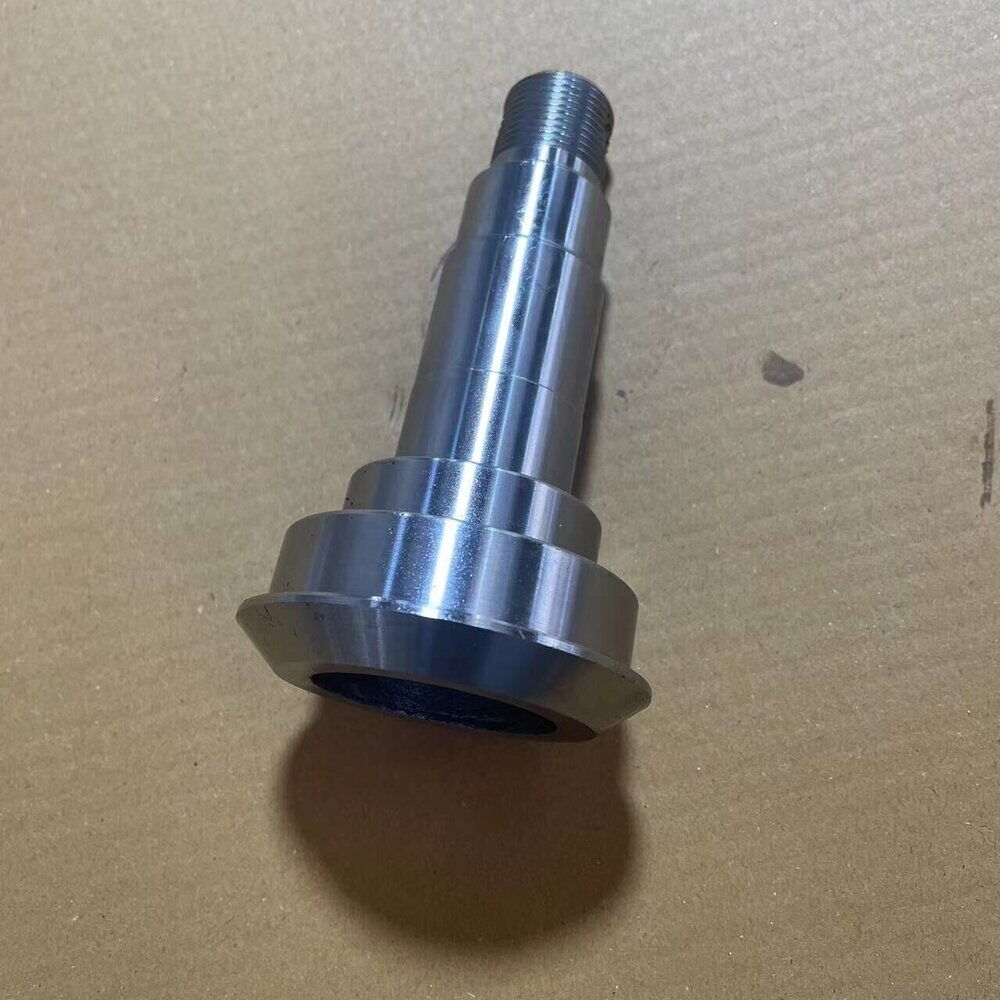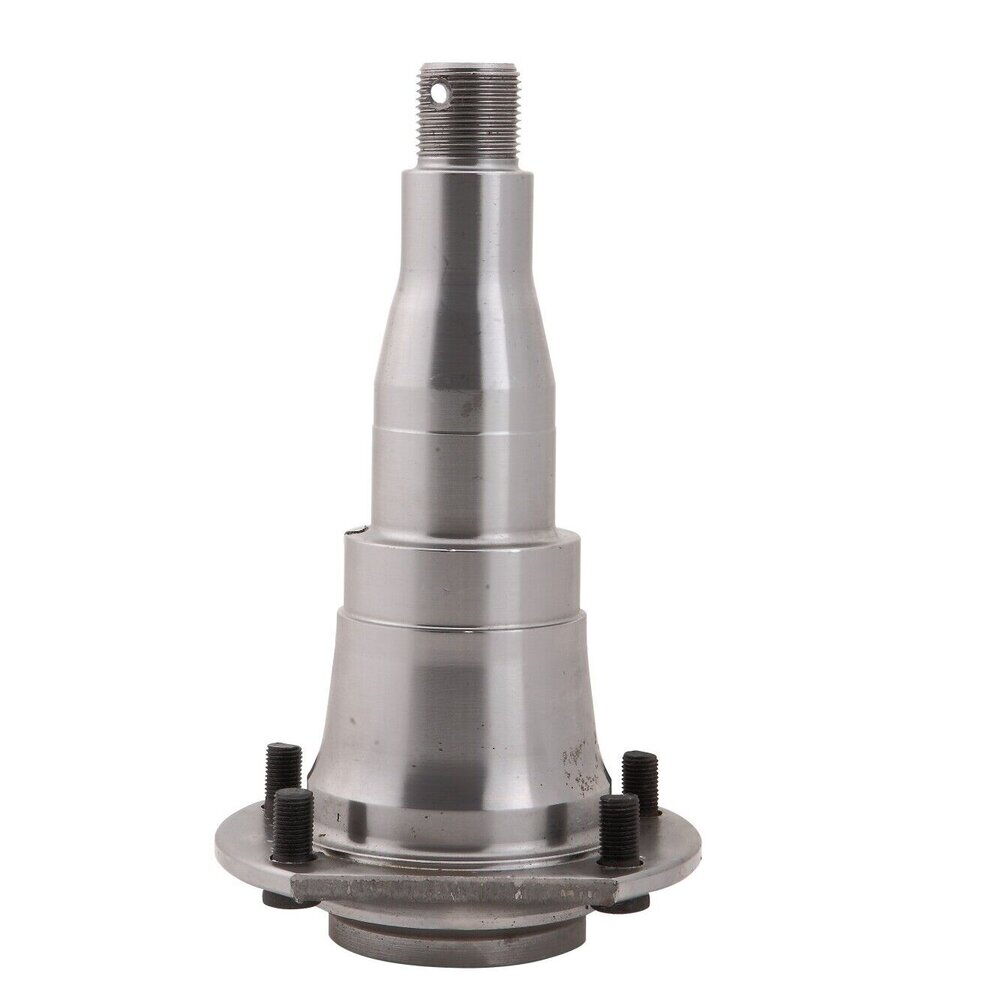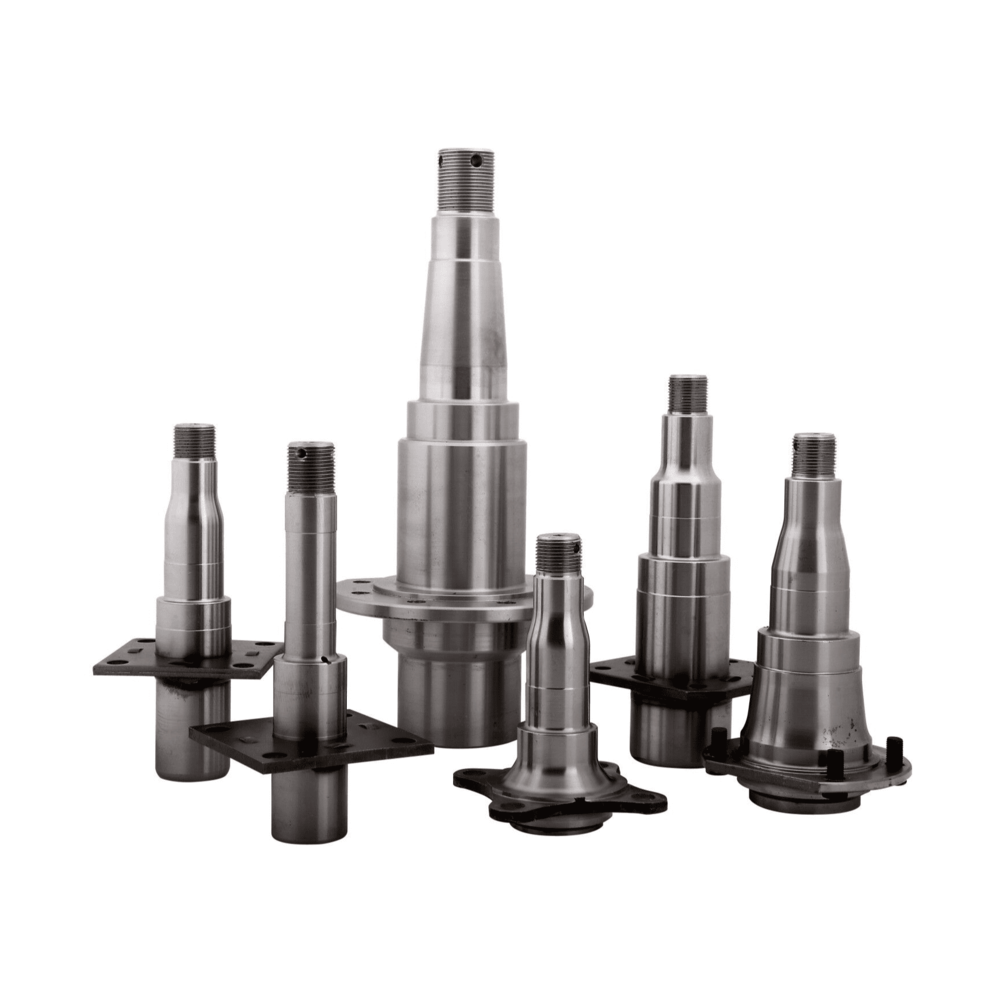Forging Parts
1-20 of 87 results
China Made Steel Pipes, Valves, Flanges & Pipe Fittings
Forged valve pipe fittings,flange
Forged Ball Valves, Butterfly Valves Check Valves, Gate Valves, Globe Valves, Plug Valves,
Control arm forged chasis system for automobile
Control arm for automobile suspension system
Choose the appropriate tooth tip type according to the specific working conditions. For example, for working conditions with medium wear resistance and penetration requirements, you can choose a general-purpose tooth tip; for extreme conditions, you need to choose a reinforced or specially designed tooth tip.
All our teeth are using high spec alloy steels to ensure excellent wear characteristics, parts is checked by the
original gages to make sure the fitting is standard and ease of installation wherever possible. Wide range,
quality, service, we are your best choice.
Forged control arm for automobile
Forged trailer spindle from 1000lbs to 15000lbs for RV suspension axle
In the process of forging, not only the appropriate shape and size must be required, but also the performance requirements of the parts during the use must be met, which includes strength index, plasticity index, impact toughness, fatigue strength, fracture toughness, resistance against stress corrosion and so on. This makes forging process always better than other metal working processes. Below we would like to introduce forging under different conditions.
Hot die forging is a type of forging process technology, which generally refers to the precision forging method of heating a metal blank to a temperature higher than the recrystallization temperature of the material, and using a mold to plastic form the metal blank into the shape and size of the forging.
It is composed of three parts: big end of connecting rod,rod body and small end.Big end is separated, half of which is integrated with the rod body, and the other half is rod cap. Connecting rod cap is assembled with the main crankshaft journal by bolts and nuts.
1500lbs-15000lbs forged and machined traler axle spindle
Forged hinge is a mechanical device used to connect two solids and allow relative rotation between them. The hinge can be composed of movable components or foldable forged items.
Die forging produces parts that have excellent mechanical properties, such as high strength and toughness. The process creates a tightly packed grain structure that enhances the strength and durability of the material. As a result, automotive components produced using die forging are highly resistant to wear and tear, as well as to fatigue failure.
Connecting rod connects the piston and the crankshaft, and transmits the force exerted by the piston to the crankshaft, transforming the reciprocating motion of the piston into the rotational motion of the crankshaft. It is one of the main transmission components of automotive engines, which transmits the pressure of the expanding gas of the piston to the crankshaft, transforming the reciprocating linear motion of the piston into the rotational motion of the crankshaft, in order to output power.
Hot die forging is a type of forging process technology, which generally refers to the precision forging method of heating a metal blank to a temperature higher than the recrystallization temperature of the material, and using a mold to plastic form the metal blank into the shape and size of the forging.
Recreational vehicle axle parts,RV spindle,lubed or nonlubed mobile home spindle
Spindle for trailer axle
Trailer Axle spindle

